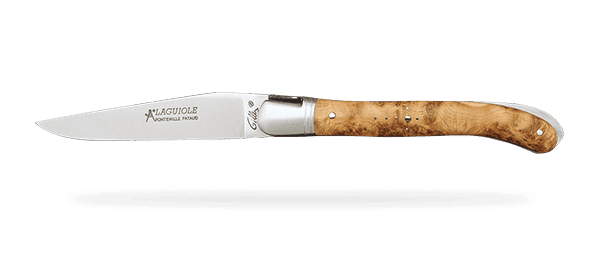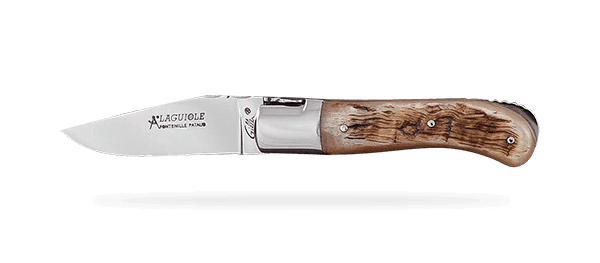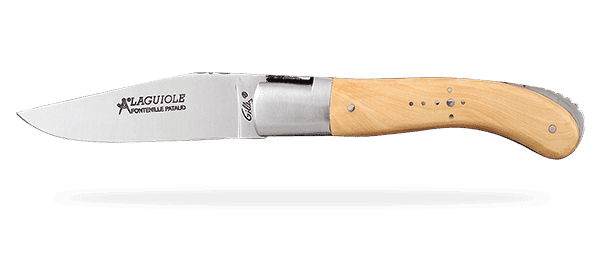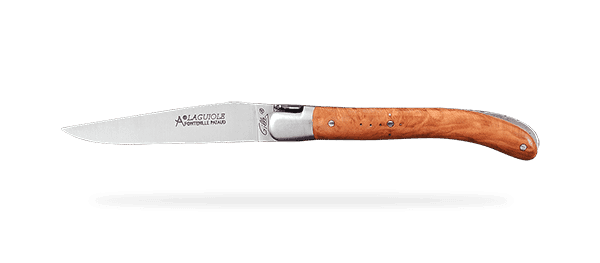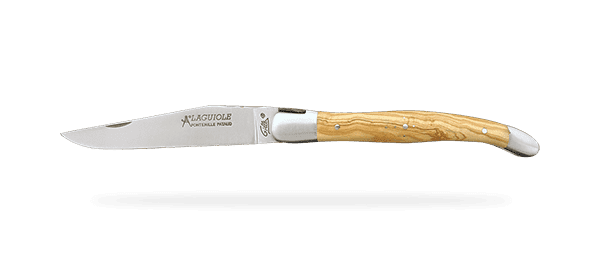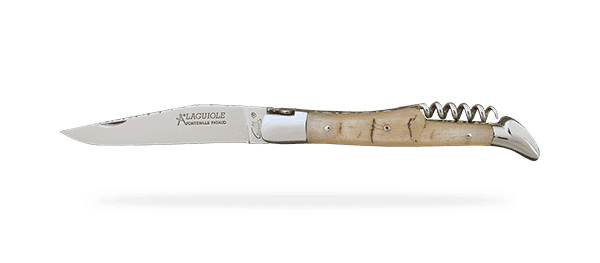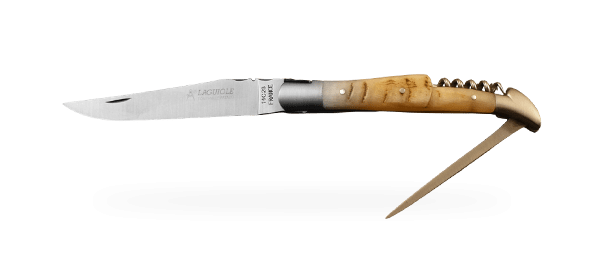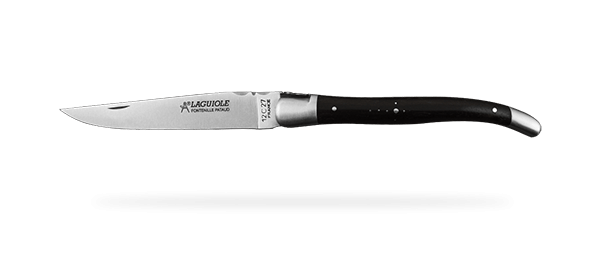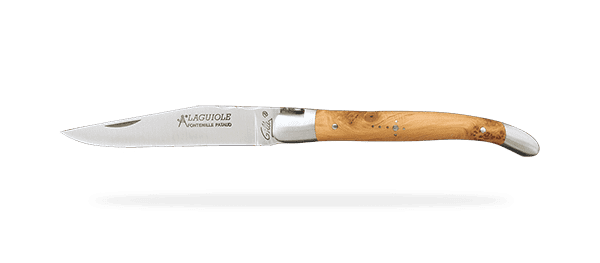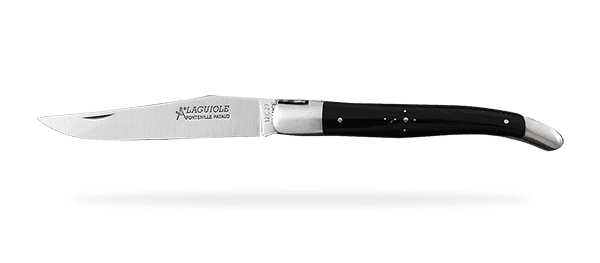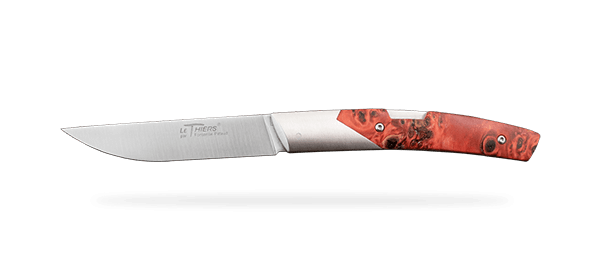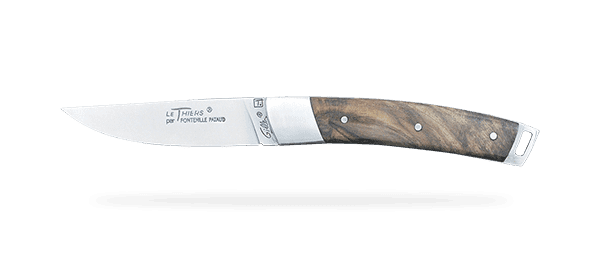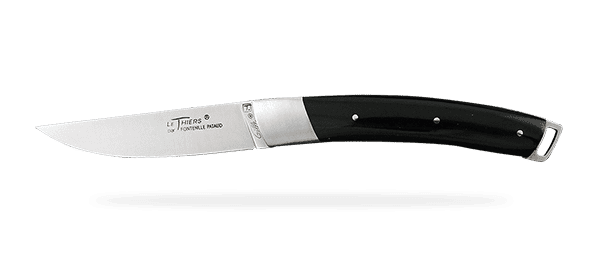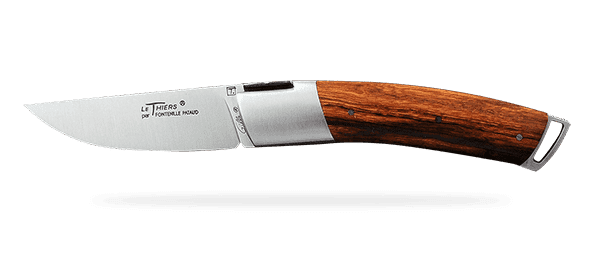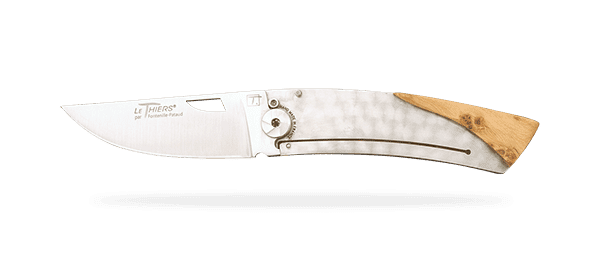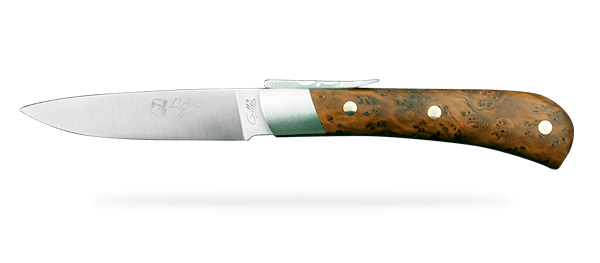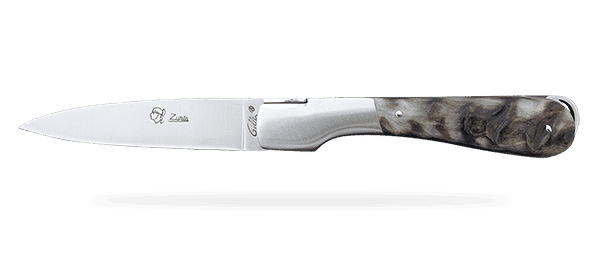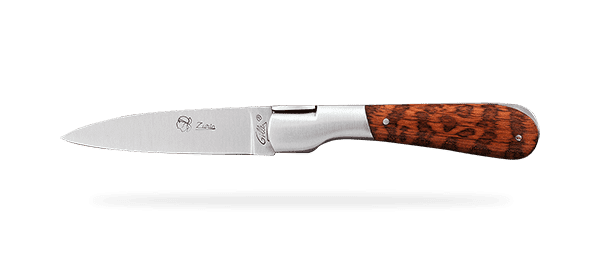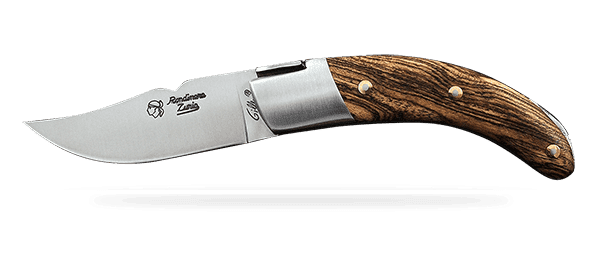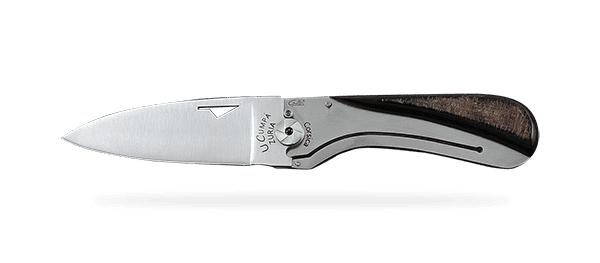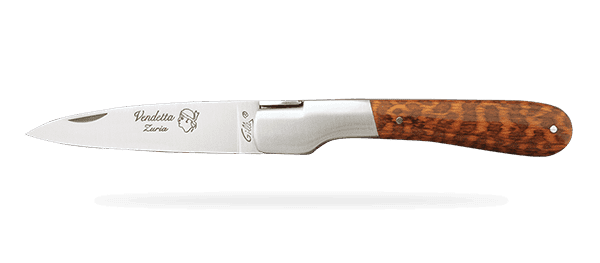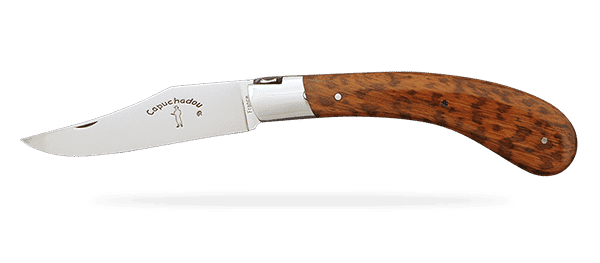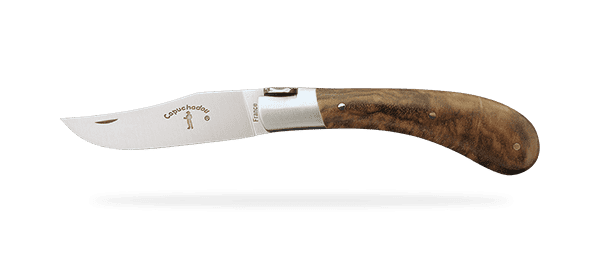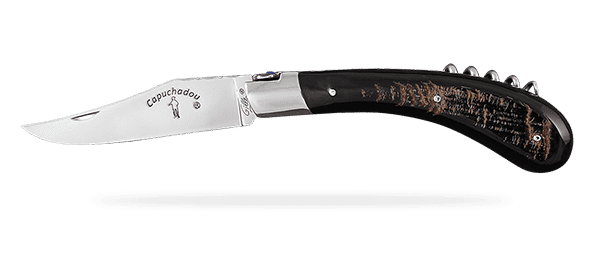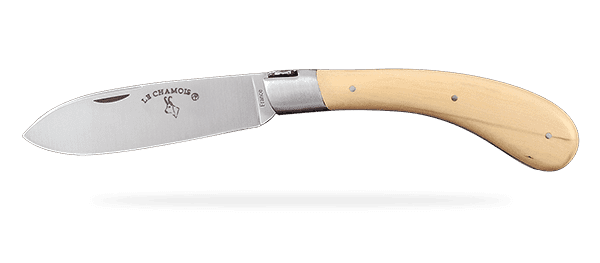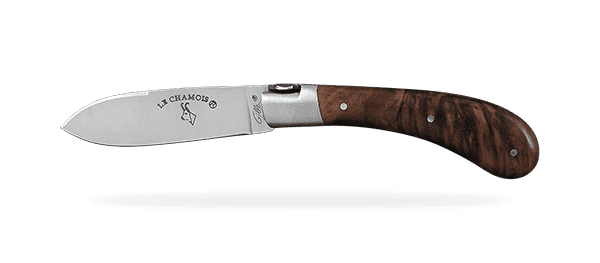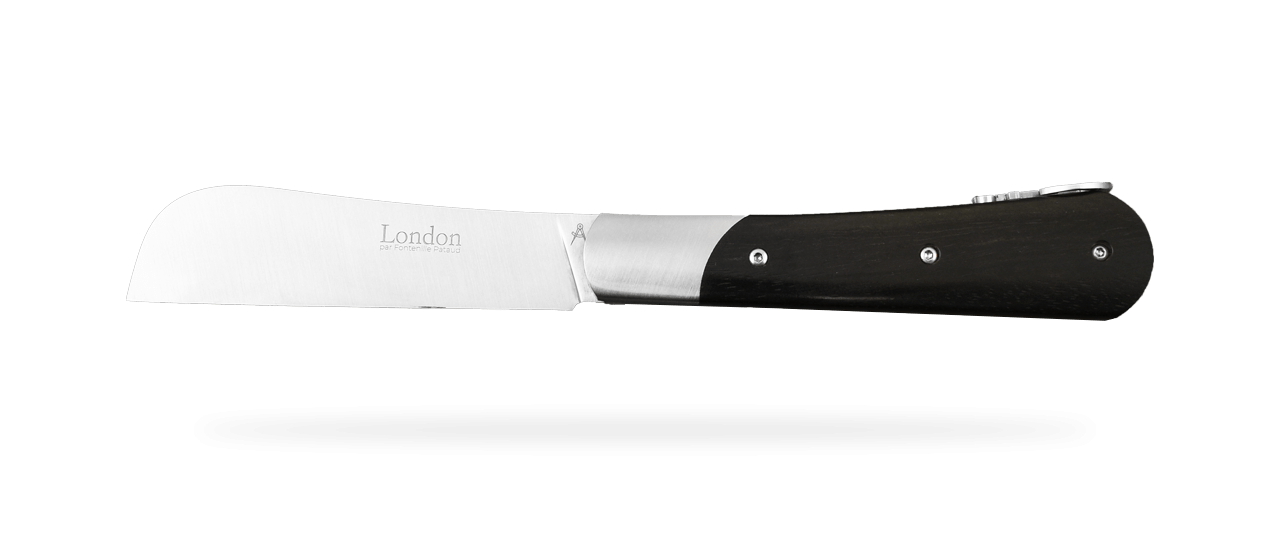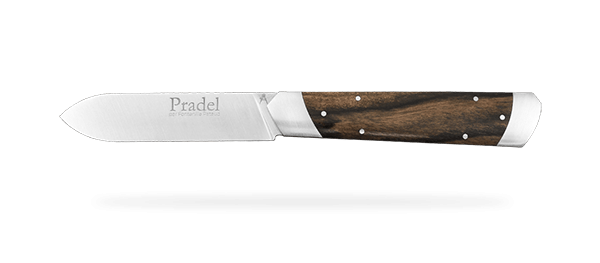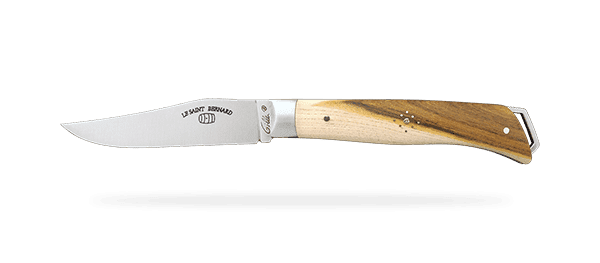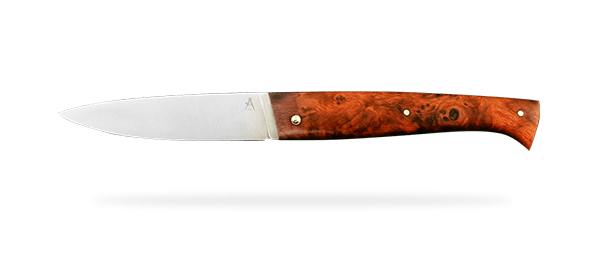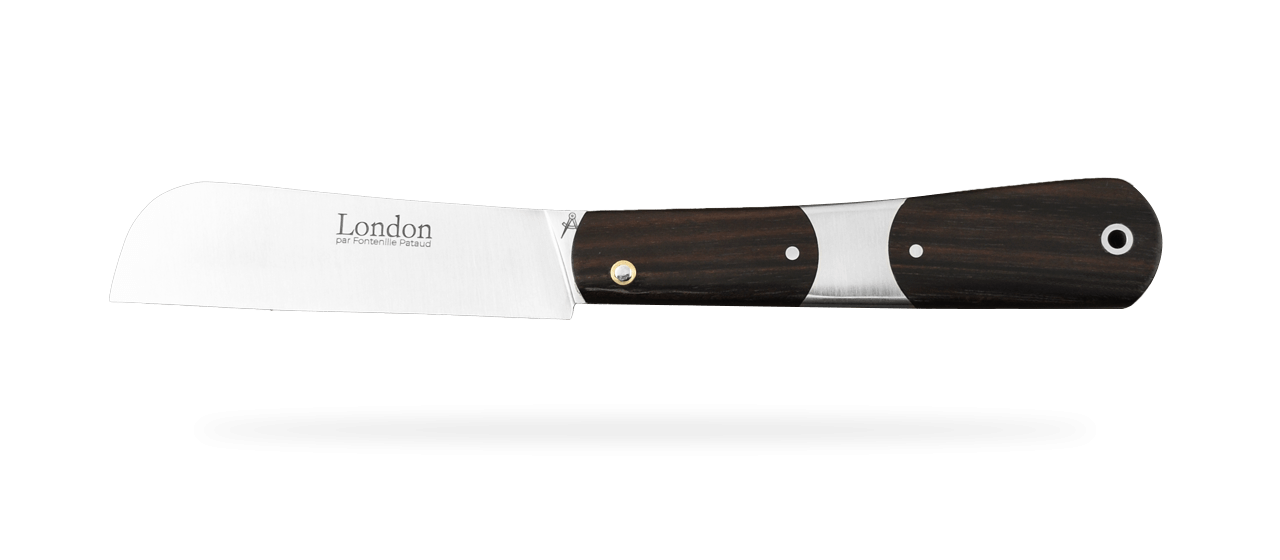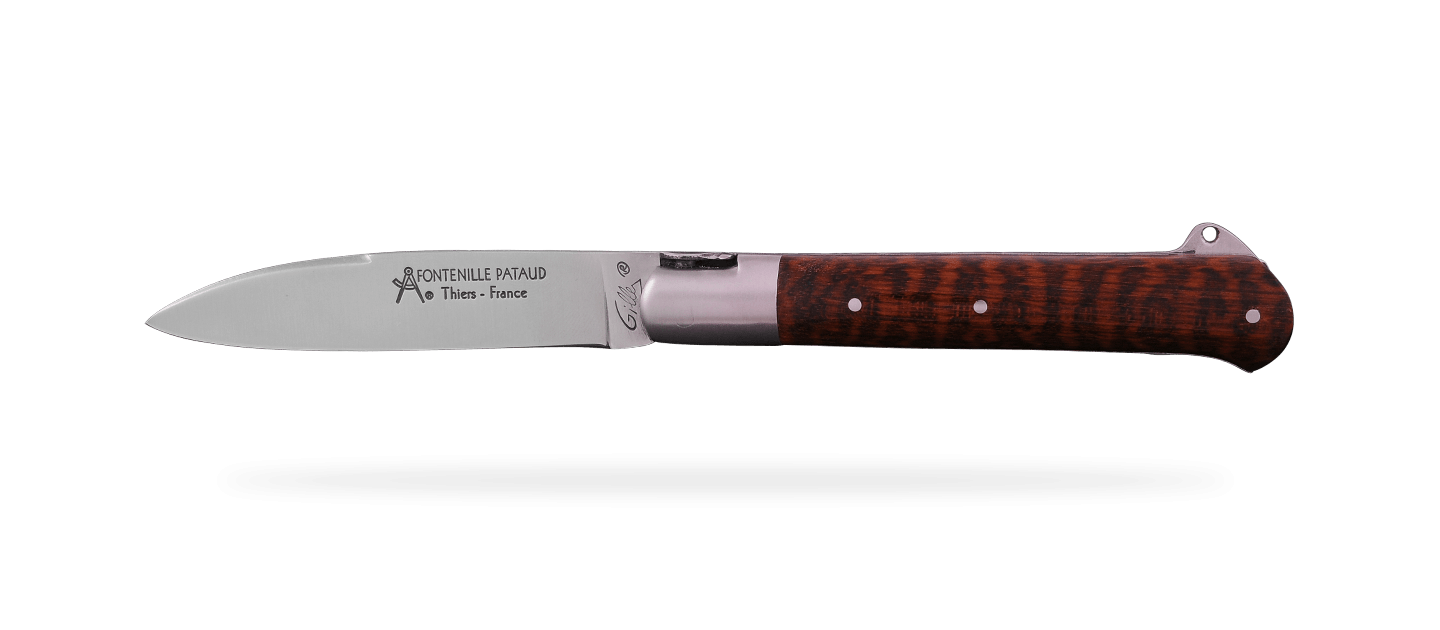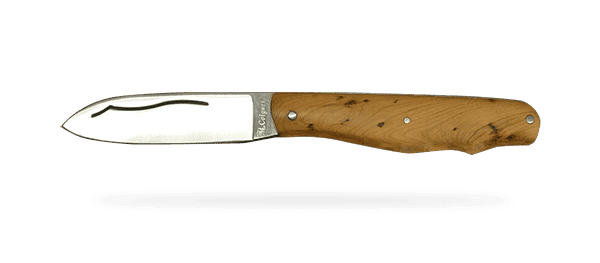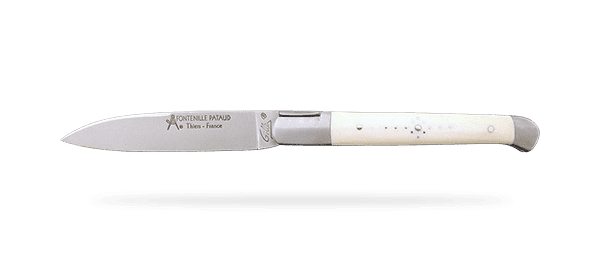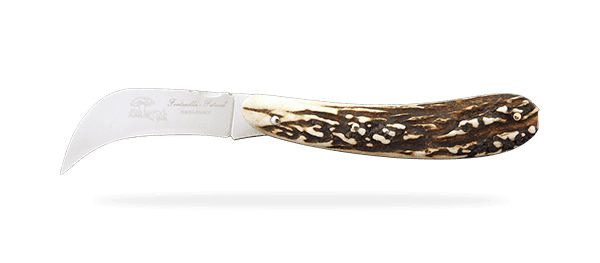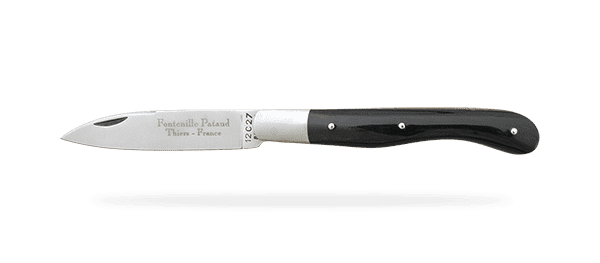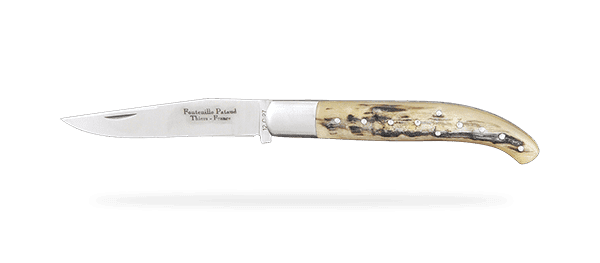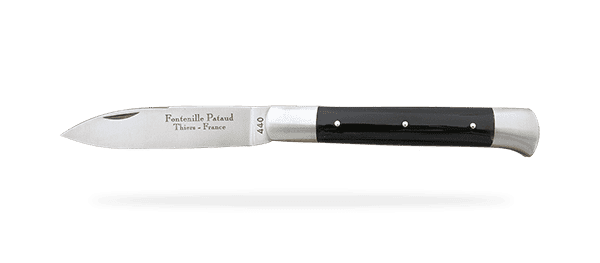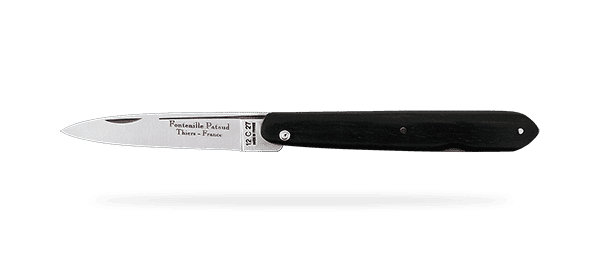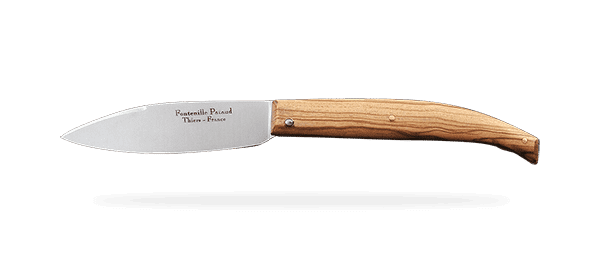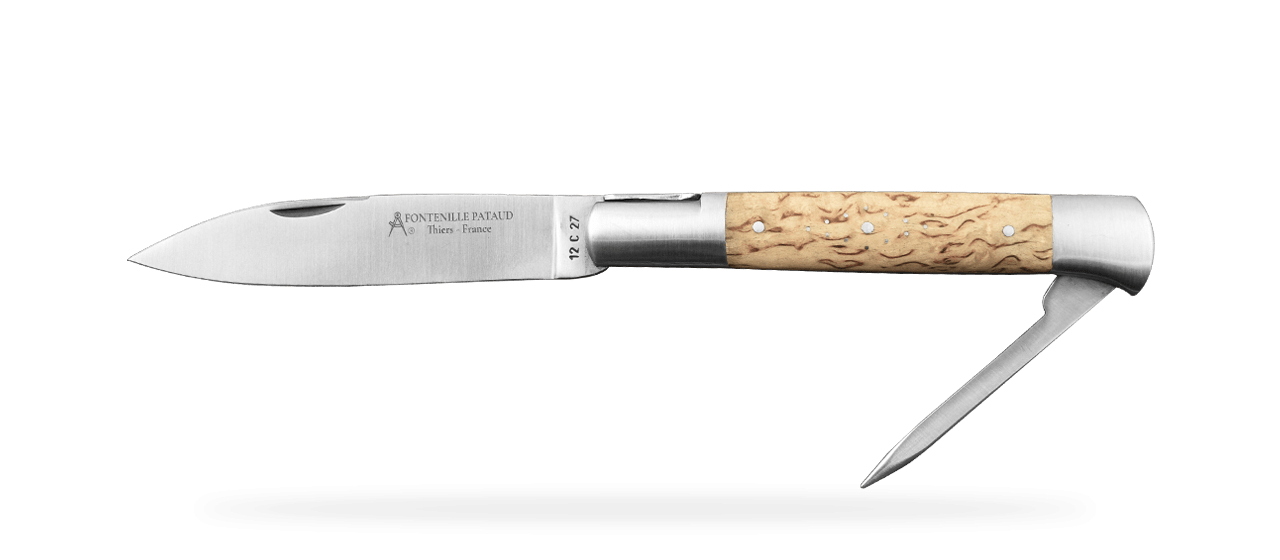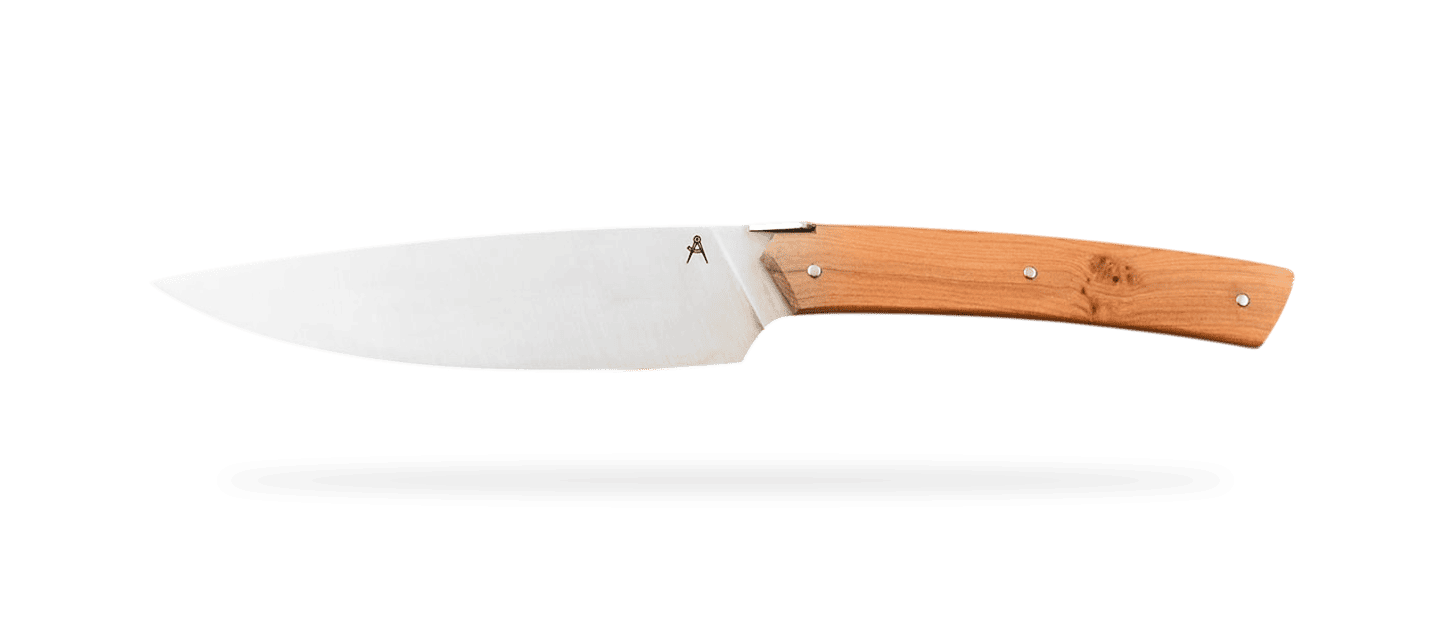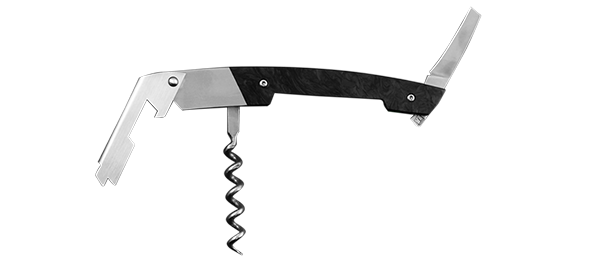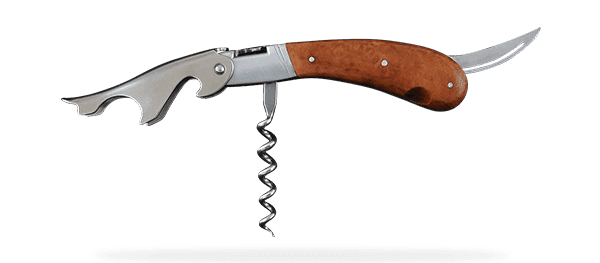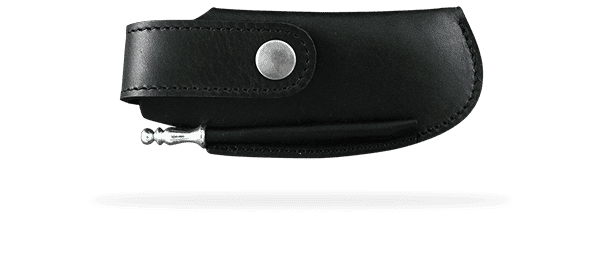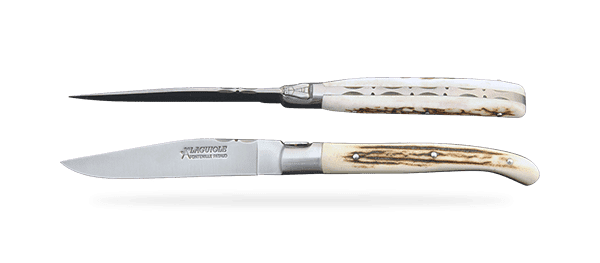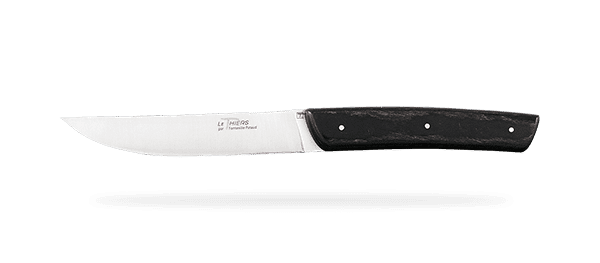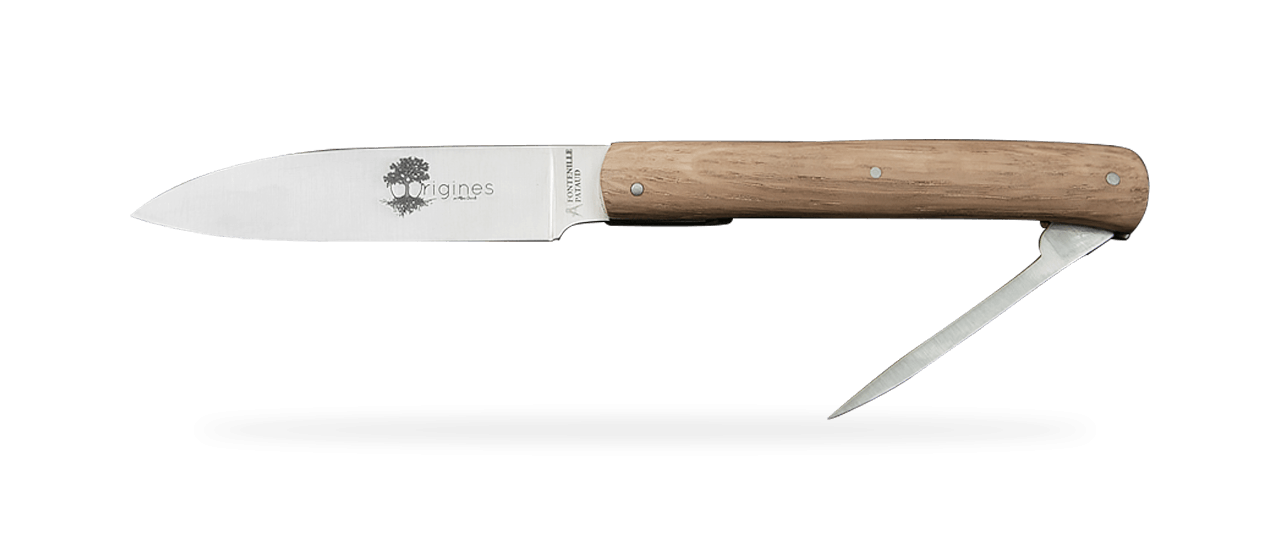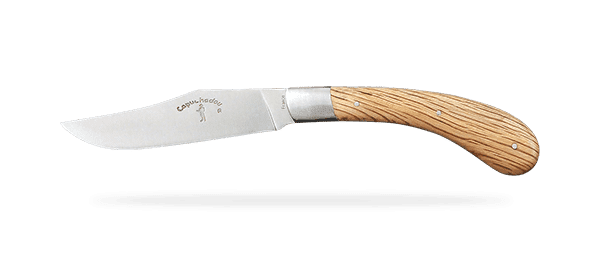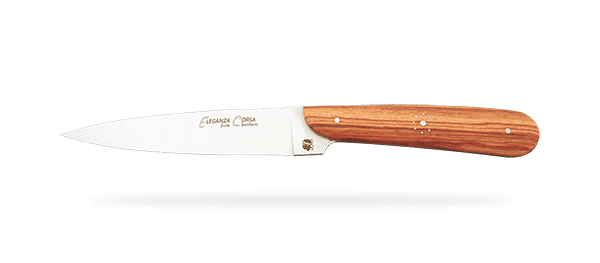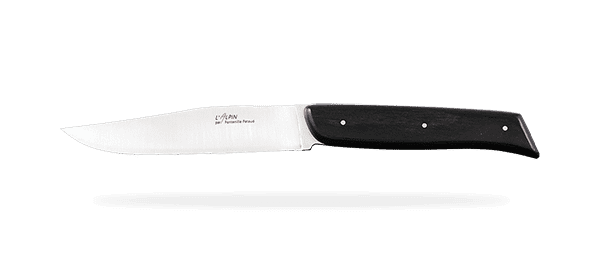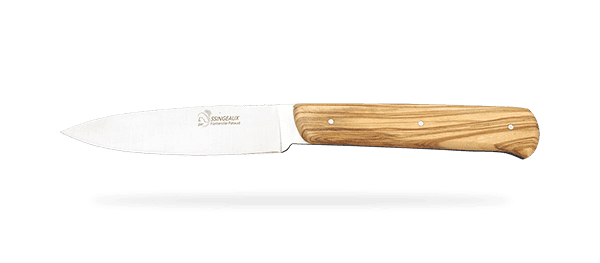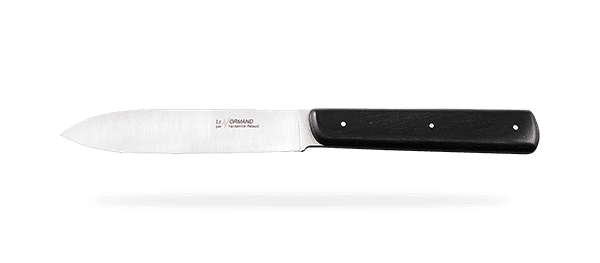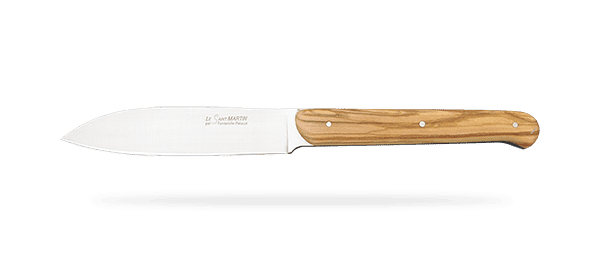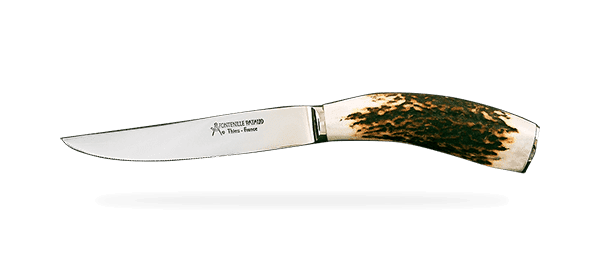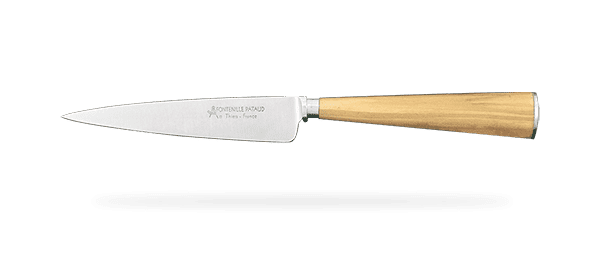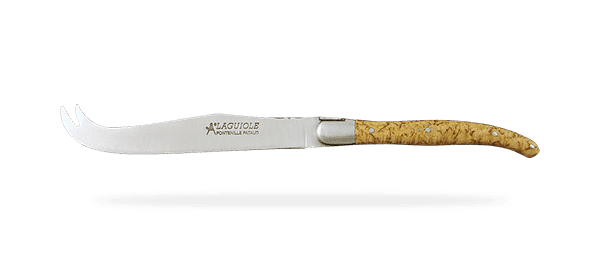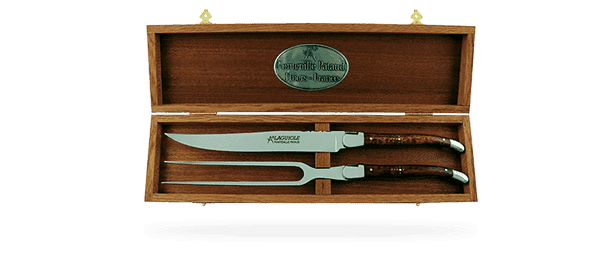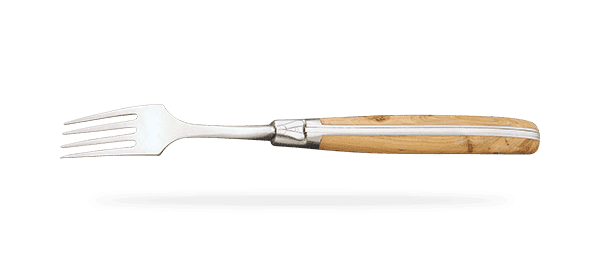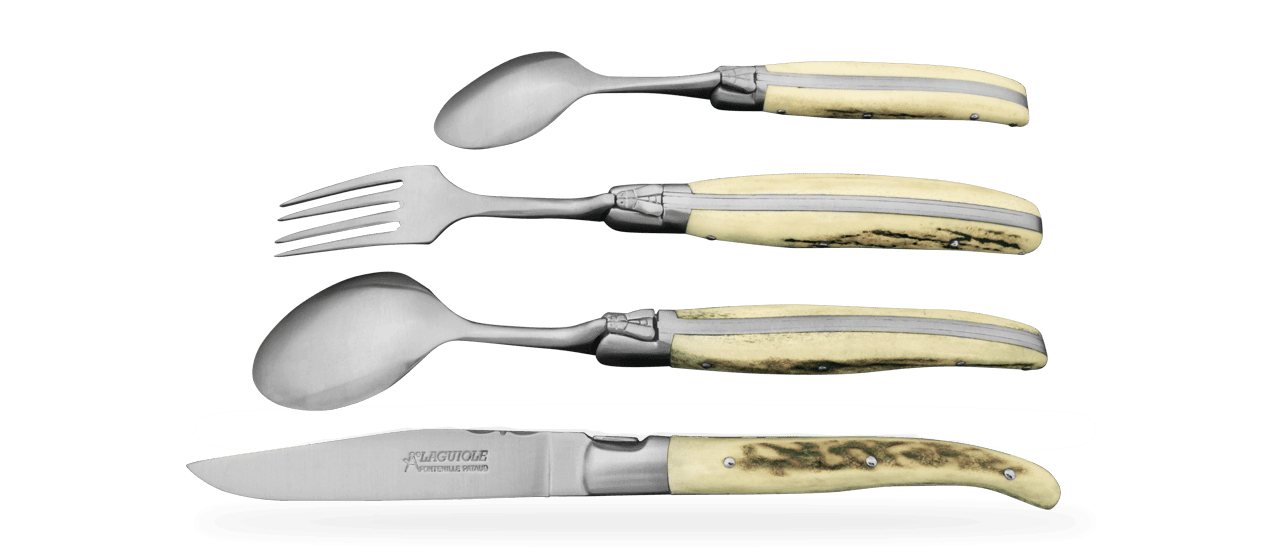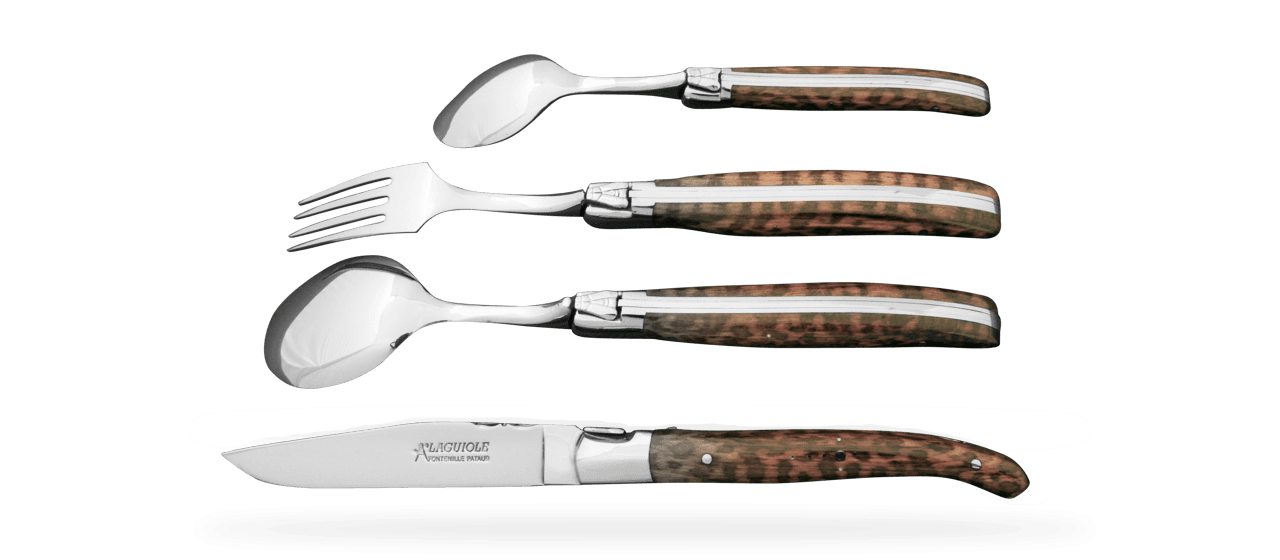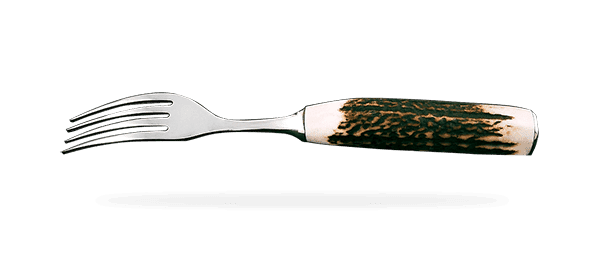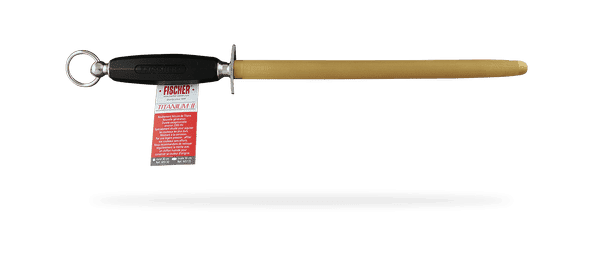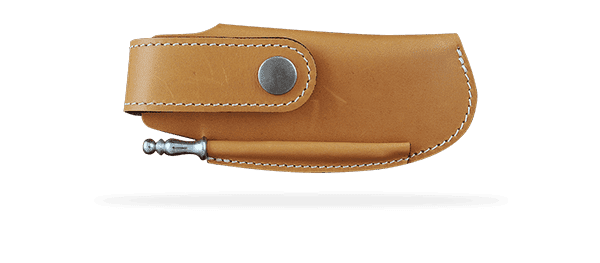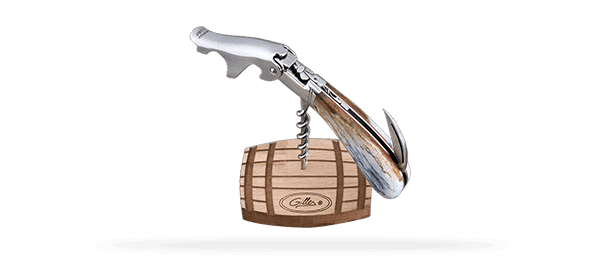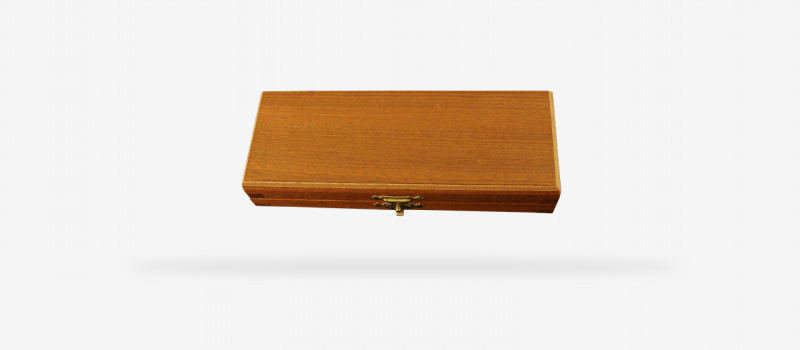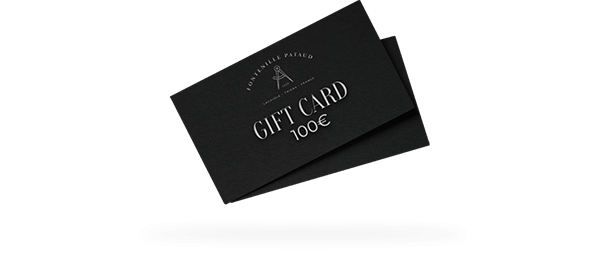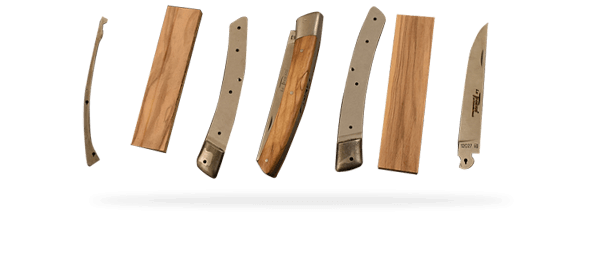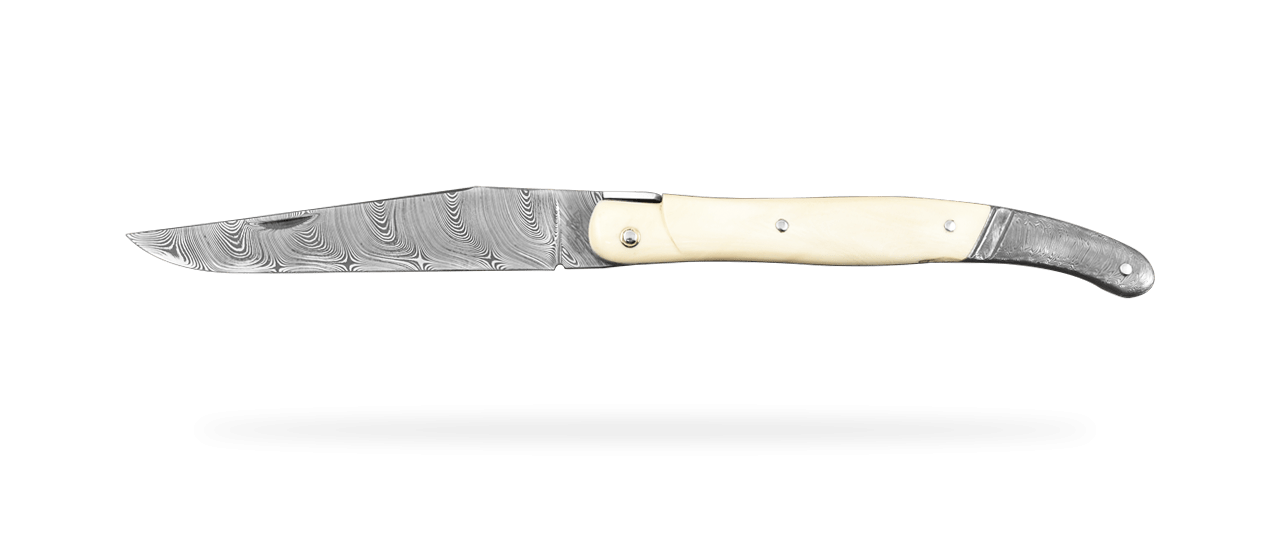Le Capuchadou
Capuchadou (or Capujadou)
Capuchadou is a rustic-shaped knife that used to serve the peasants of Aubrac.
At the time, it served mainly as a tool, and had to be robust.
Its rustic design, often a remnant lime fitted into a simple wooden handle, made it a sort of fixed-blade, non-folding dagger.
Capuchadou is also the ancestor of the Laguiole knife.
It derives its name from a small village of Cantal, Lieutadès, not far from Laguiole, located in the foothills of the Aubrac, in Auvergne, where locals have for nickname "Capujadous". In Occitan, "Capujer" means to tinker with a knife, or "cut" (bits of wood).
These inhabitants carved with the help of their "capujadou", the innumerable wooden pegs which fixed the lauzes, themselves assembled to form the cover of the roofs.
There were many regional knives throughout France, but many did not survive the disappearance of their peasant clientele.
Since 2011, the workshop Fontenille-Pataud reissues and reinterprets for you this ancestor of the Laguiole knife and makes you benefit from the excellence of its production.
The shape of his sleeve, in particular, was reinterpreted by Richard Sossler in 1998.
It is inspired by the stick of the shepherds of the central mass and pilgrims of Saint Jacques de Compostela, many walk on the lands of Auvergne and Aubrac. He draws a handle that "falls" perfectly in hand thanks to its curves and its curve. From his meeting with Robert Beillonnet (twice Best Craftsman of France in cutlery) will born this knife with the elegant forms, the blade powerful and thin at the same time, and with the spring forged "in clover" so typical of the old Laguiole knives.
Its handle is available in different materials such as:
- Juniper or cade, which is a very hard wood and its heart is downright rot-proof. It is also anti-insect and mothproof objects to slide in the wardrobes. He is also sought after in spinning and cutlery for his pleasant smell and the beauty of his dark circles.
The oil of cade was used formerly for its healing virtues and was very appreciated as antiseptic and disinfectant.
- The boxwood, which is particularly dense and hard, light yellow, which earned him to be used as a material to make tools during prehistory before mastering the metal.
A true companion to do everything, this ancestor of the Laguiole knife comes in two sizes, the 10 cm and 12 cm, the latter being offered with or without corkscrew.
This ancestor of the Laguiole knife is highly sought after by collectors.

